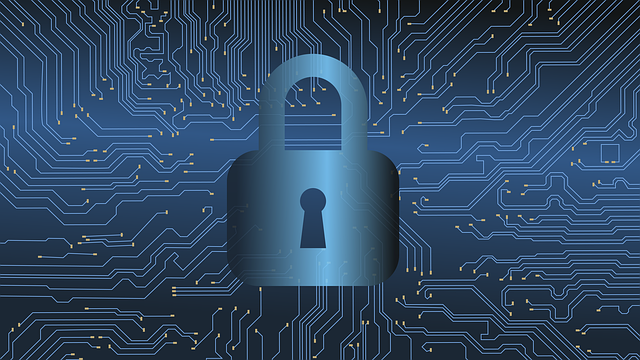Organizations today rely heavily on log data for monitoring, debugging, and auditing. Effective log management improves security, system performance, and compliance with regulations. Proper handling of log information allows businesses to identify potential risks, analyze user behavior, and maintain a clear record of all system activities.
For successful log management, you need a strategic approach. As you dive deeper into log management, the following tips will create an environment where log data is a powerful tool, not a burden.

The Importance of Log Management
By collecting and analyzing logs from various servers, networks, and applications, businesses can identify security breaches and performance issues. Having a clear understanding of log management best practices helps organizations leverage logs for continuous improvement in security and operational efficiency. Organizations need to comply with various regulations requiring diligent monitoring of log files. In finance, health, and telecommunications, regulatory compliance can be quite complex.
Maintaining thorough and accurate logs is necessary for forensic investigations during cybersecurity incidents. By comprehensively understanding these critical aspects, organizations can allocate necessary resources to their log management processes and derive maximum value from their efforts.
Know Your Logging Needs
Different systems and applications generate different types of log data. Security logs might focus on user access and authentication failures, whereas performance logs could track application response times and resource usage. Define your objectives clearly: knowing what you want to achieve will help you prioritize logging activities.
Many industries have guidelines that mandate the collection of sensitive information. Once you identify what constitutes necessary log data, you can avoid the complications of overloading your systems with irrelevant logs. Keep your logging strategy flexible, and you can adapt to changes in technology, security threats, and regulatory environments.
Deploy Centralized Logging Solutions
Centralized logging solutions are necessary for efficient log management. Once you consolidate logs from multiple sources into a single location, you facilitate easier monitoring and troubleshooting. This approach streamlines the process and improves the analysis capabilities of your log data. Instead of sifting through logs that are scattered across various systems, teams can focus their investigative efforts in one central repository.
Using a centralized system allows for better access controls and auditing of who accesses log data and when. It prevents unauthorized access and highlights any suspicious activity that might require immediate attention. Security events in logs can be correlated quickly and provide a clearer view of the health of your IT infrastructure.
Centralized logging can improve collaboration among multiple teams. When development, operations, and security teams have access to the same log data, they can communicate and resolve issues. Evaluate different options based on scalability, integration capabilities, and usability to find the best fit.
Implement Retention Policies
Log retention policies govern how long log data should be stored before it’s deleted or archived. Establishing clear retention policies prevents storage from becoming cluttered with outdated information. Without defined policies, organizations may struggle with amounts of data, complicating analysis and slowing down performance. When implementing retention policies, consider the relevance of specific logs. Security logs may need to be kept for several years to meet compliance requirements, whereas operational logs might be useful for weeks or months.
Regularly review your retention policies to determine if they still align with organizational needs and compliance requirements. Regulation changes may require revisions to your existing policies. Keep an eye on advances in technology, as new methods of storage can make it easier to retain logs securely without incurring excessive costs.
Utilize Automated Monitoring Tools
Incorporating automated monitoring tools into your log management strategy increases your ability to analyze log data in real time. These tools can automatically generate alerts based on predefined criteria and identify potential issues quickly. Instead of manually sifting through massive logs, automation highlights pertinent information in ways that speed up incident response times.
Automation assists in maintaining system performance. Many automated solutions can aggregate and analyze vast amounts of data. Organizations can pinpoint performance bottlenecks or detect anomalies early. Using automation for log analysis lowers the chances of human error. By relying on technology to handle repetitive tasks, your team can concentrate on strategic decision-making rather than low-level data review. Investing in efficient monitoring tools can significantly enhance your log management effectiveness.
Comprehensive Security Measures
Logs may contain sensitive information, making them attractive targets for cybercriminals. To safeguard your log data, robust encryption practices should be in place during both transit and storage. Encrypting logs protects them from unauthorized access so that even if data breaches occur, the information remains secure. Access controls should be strictly enforced. Limit who can view and manipulate log data to a small number of trusted individuals.
Regular audits of access logs guarantee that only those with a legitimate need have access, further strengthening your security posture. Don’t forget to integrate intrusion detection systems. These can monitor logs for signs of malicious activities, enabling a rapid response to potential threats.
Incorporating these tips into your log management practices will streamline operations, improve security and compliance in your organization. Effective log management can deliver informed decision-making and propel your organization towards success.



Leave a Reply